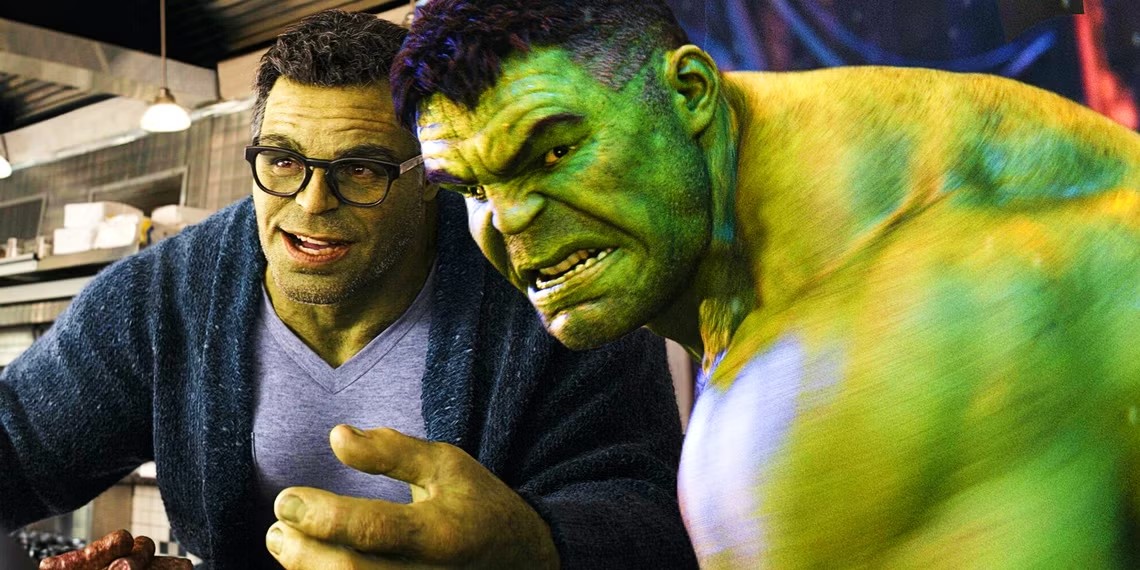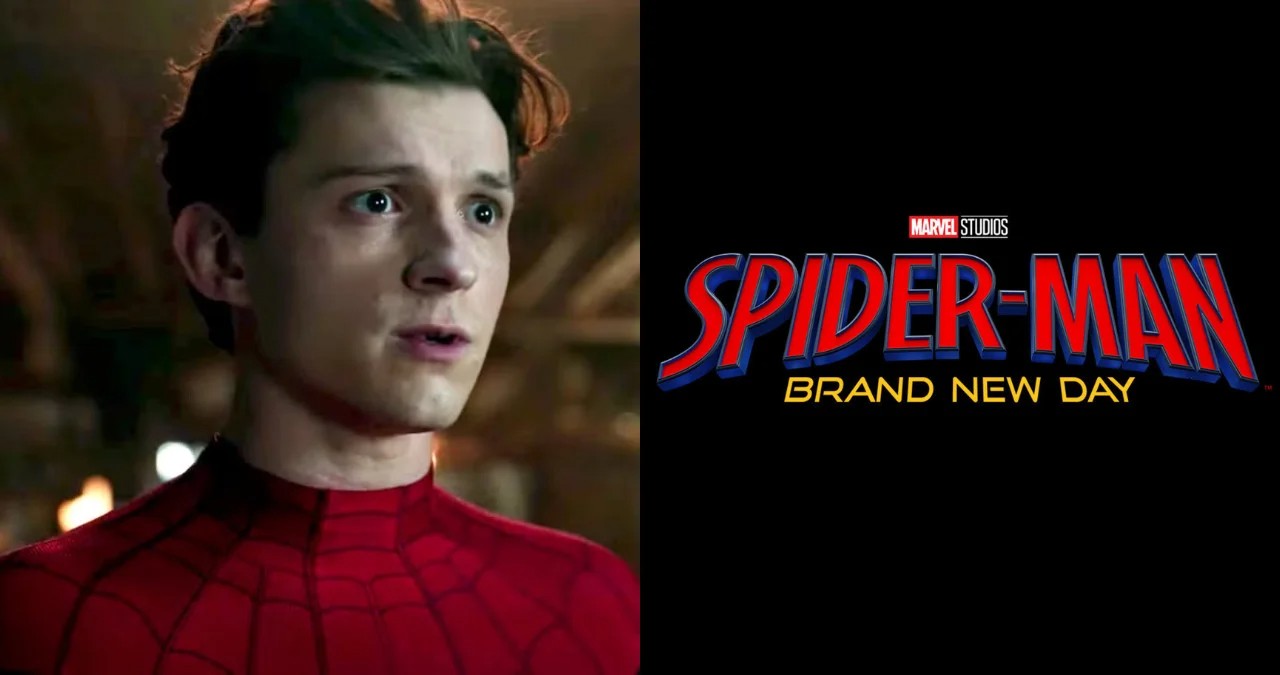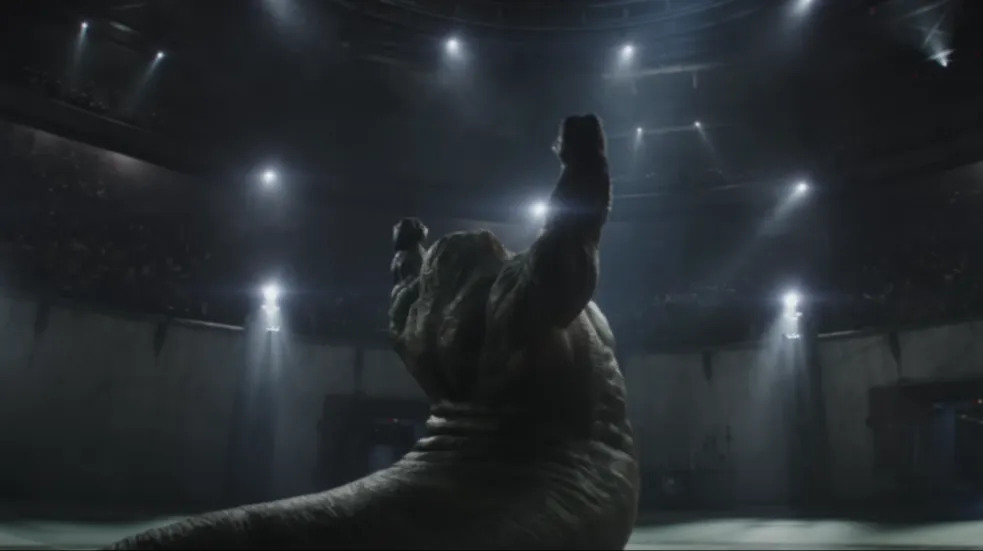![]()
Wonder Woman kicked butt and showed audiences everywhere that a superhero movie with a female lead can both draw audiences($650 million worldwide and counting) and satisfy fans (Cinemascore: A). It’s been a successful strike in the battle for more opportunities for women (the film had both a female star and director) and has saved the critical fortunes of Warner Brothers’ DC Extended Universe (92% on Rotten Tomatoes). It’s safe to say this movie was a home run.
That being said, there hasn’t ever been a perfect movie, and once you get past the feminist positive vibes and shock of seeing a crowd-pleasing DC movie, there is a lot of room for improvement in the sequel. Here’s my top five things that I’d like to see worked on:
1. Get Rid Of The Cheesy Villains
![]()
It’s not that Ares, Dr. Poison, and a fictionalized Ludendorff (yes, he was something of a real person once!) are bad choices for a villain, it’s that they just weren’t very good villains. Now, I can’t blame the movie for going down the Marvel route — most Marvel villains are paper thin and less than memorable, but Wonder Woman‘s nemeses veered into the cartoony realm. Ares was basically just a CGI creation at the end who spouted ridiculous, megalomaniacal villain talk. Dr. Poison invented a gas which destroyed cloth and glass, a totally over-the-top feature which was strangely less present later in the film when it was deployed, and Ludendorff — oh gosh, Ludendorff — was exactly a cartoon. At one point (spoiler alert!), he throws a gas mask into a room with Dr. Poison’s gas and shuts the door. She warns him that the mask won’t work and he replies, “I know!” before laughing like a, well, cartoon.
Almost all superhero movies struggle with the villain, but that doesn’t mean Wonder Woman shouldn’t try to improve for the next go around. Instead, all superhero movies should continue to try and improve the 50 percent of the conflict equation they continue to bumble.
2. Side Characters: Use ‘Em Or Lose ‘Em
![]()
The writers gave Gal Gadot and Chris Pine some sidekicks to run around with in World War I Europe. Unfortunately, the attempts to make these characters interesting just didn’t work for me, and they instead served as unwelcome distractions. First, there’s Charlie the sniper, who we meet in a bar. We’re told he has the steadiest hand in the business, but as soon as he gets an opportunity to show his skill off, he balks. We’re quickly told that something in his past haunts Charlie and prevents him from taking a shot earlier in the movie. Hmmm, interesting! Except the writers never get back to this or shed any more light on it, and I spent my time waiting for some resolution to that plot point. As a character, he’s obviously damaged, but without some sort of resolution, Charlie ends up running around blandly the rest of the film –and we never get to see his signature sure shot.
Then we have the Chief, a softly-racist nickname for a Native American smuggler who roams Europe dressed like he’s in the wild west! Now I don’t know about you, but if I had to be a sneaky smuggler in World War I Europe, almost the last thing I’d dress up as is a wild west character (actual last thing I’d dress up as: the Hamburgler). Word is that Patty Jenkins let actor Eugene Brave Rock pick his costume. This is great from a representative standpoint, but still doesn’t fit the setting of the film. It should be noted that in the recently-released comic, Wonder Woman Steve Trevor #1, Chief is depicted in a military style uniform.
Finally, we have Sameer who — actually, I liked Sameer, so I’ll stop here. The point is, don’t introduce interesting characters with backstories if you aren’t going to use those interesting things about them. These characters aren’t given quality story arcs and that’s not always the worst thing — but there is so much potential for more. Compare Wonder Woman to Saving Private Ryan. Not only did we learn a lot about Tom Hanks’ Captain Miller, but we get quality time, and meaningful conflict, with Tom Sizemore’s Sergeant Horvath, Barry Pepper’s Private Jackson, Vin Diesel’s Private Caparzo, Giovanni Ribisi’s Irwin Wade, and the rest of the crew. They were all great characters in a setting pretty similar to Wonder Woman’s. Similarly, action movie classics Predator and Aliens both introduced us to teams of soldiers who were memorable and fantastic. Gal Gadot and Chris Pine were great in Wonder Woman. It’s a shame the supporting cast was weak by comparison.
3. More Color
![]()
One of my favorite online reviewers laughably said that Wonder Woman was so amazingly colorful. I left that piece wondering if the reviewer had watched the two-thirds of the film after Wonder Woman left Themyscira. The film, like almost all big budget, CGI-filled movies today, is depressingly desaturated. Zack Snyder, the film’s producer, was one of the first big budget filmmakers who figured out that CGI is a lot easier to use when a film is desaturated and then heavily color graded (more on ol’ Zack in a sec). Because of this, almost every movie with CGI is desaturated to some extent. It’s getting old, but for most movies, there’s no better alternative. A great example of a recent CGI-extravaganza with a lot of color? Guardians of the Galaxy Vol. 2, which had the audience track record to warrant the massive budget needed for so much color (that movie was probably also 90 percent animation and green screen, so that helped to a large extent).
4. Kill The Slo-Mo
![]()
Zack, Zack, Zack, I generally like your movies, I do. Watchmen is one of my all-time favorites, but your action choreography needs to change. What’s that? You say that Zack Snyder didn’t direct this movie? Well, you’re right, but his fingerprints are all over Wonder Woman‘s action scenes. He even gets a cameo in the film — something usually reserved for creators, the film’s own director, or Daniel Craig. It makes sense, too, because Patty Jenkins doesn’t have a long history of directing action sequences, and so some help in that regard is not only a good idea, it’s essential. Zack Snyder’s use of slow motion isn’t only tired and overdone by now, it’s not very good. Slow motion should be used in movies to heighten regular, everyday details. In Wolf of Wall Street, slow motion effectively simulates the main character tripping out on drugs. In Django Unchained, slow motion allows viewers to really pay attention the first time Django gets to exact some revenge.
Zack Snyder uses slow motion because he thinks it looks cool, but with superhero characters, audiences automatically understand that the characters are incredible when compared to a normal person. Because of this, we want to see those amazing characters interacting with “the real world” in the same way we would so that we can contrast it with our everyday experience. Since we don’t experience the world in slow motion, this does nothing for us.
Wonder Woman itself presents a compelling argument against the use of slow motion because, as soon as the slow motion ends, Wonder Woman starts kicking butt at regular speed, her lasso whipping every which way, sending people flying. That action is so cool because of its speed. It wouldn’t have nearly the effect in slow motion because we wouldn’t be able to compare Wonder Woman’s speed to that of the people she’s battling.
5. Get It Together, Warners
![]()
A key to Marvel’s success has been their incredible casting. Compared to Warner Bros., it’s apparent that the DCEU is bumbling along in its planning. Given the previous entries in the franchise and the studio reactions to this movie’s success, it’s pure luck that the DCEU is closer to the MCU than it is to Universal’s Dark Universe “franchise” (and I use that term loosely, Universal). While Marvel is locking up actors for nine-picture deals, Gal Gadot has only been signed for three, two of which have already happened. Could you imagine where this franchise would be if Gadot left after Justice League? Likewise, director Patty Jenkins isn’t signed for another picture either.
Add to this the reported lack of a marketing push before the movie came out, and it’s more than obvious Warners has no confidence in the DCEU and hasn’t taken the steps ahead of time to ensure that they are established for success down the road. Warner Bros. is flying by the seat of their pants and it shows. At the very least, Warners is now hotly working to lock down Gadot and Jenkins, and they should. The pair produced a hit for the studio, and I’m sure Warners is going to pull up to their meetings with the two in solid gold Brinks trucks, but they wouldn’t have to renegotiate these deals if they had come to these movies with a true long term plan in place. That lack of a long term plan tells me that Warners is still unsure of where to proceed. Hopefully Wonder Woman‘s success gives them the path forward they’ve long been hoping to find.
Maybe I’m being too hard on Wonder Woman and Warner Brothers. Did you think the movie was amazing, or just so-so? Are you looking forward to the sequel? Hit me up in the comments below or catch me on Twitter @LRM_Brian.
Don’t forget to share this post on your Facebook wall and with your Twitter followers! Just hit the buttons on the top of this page.

 FOR FANBOYS, BY FANBOYS
Have you checked out LRM Online’s official podcasts and videos on The Genreverse Podcast Network? Available on YouTube and all your favorite podcast apps, This multimedia empire includes The Daily CoG, Breaking Geek Radio: The Podcast, GeekScholars Movie News, Anime-Versal Review Podcast, and our Star Wars dedicated podcast The Cantina. Check it out by listening on all your favorite podcast apps, or watching on YouTube!
Subscribe on: Apple Podcasts | Spotify | SoundCloud | Stitcher | Google Play
FOR FANBOYS, BY FANBOYS
Have you checked out LRM Online’s official podcasts and videos on The Genreverse Podcast Network? Available on YouTube and all your favorite podcast apps, This multimedia empire includes The Daily CoG, Breaking Geek Radio: The Podcast, GeekScholars Movie News, Anime-Versal Review Podcast, and our Star Wars dedicated podcast The Cantina. Check it out by listening on all your favorite podcast apps, or watching on YouTube!
Subscribe on: Apple Podcasts | Spotify | SoundCloud | Stitcher | Google Play



